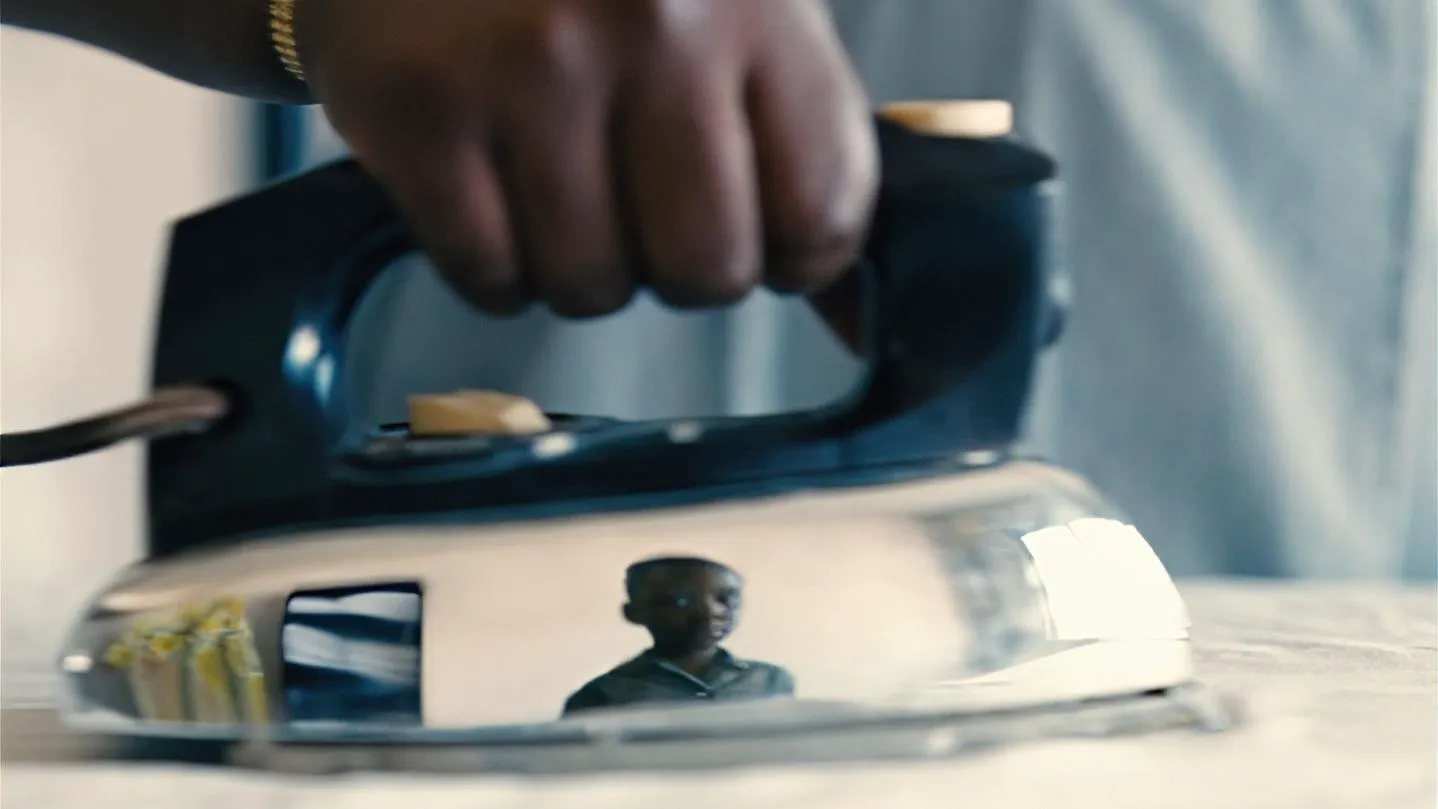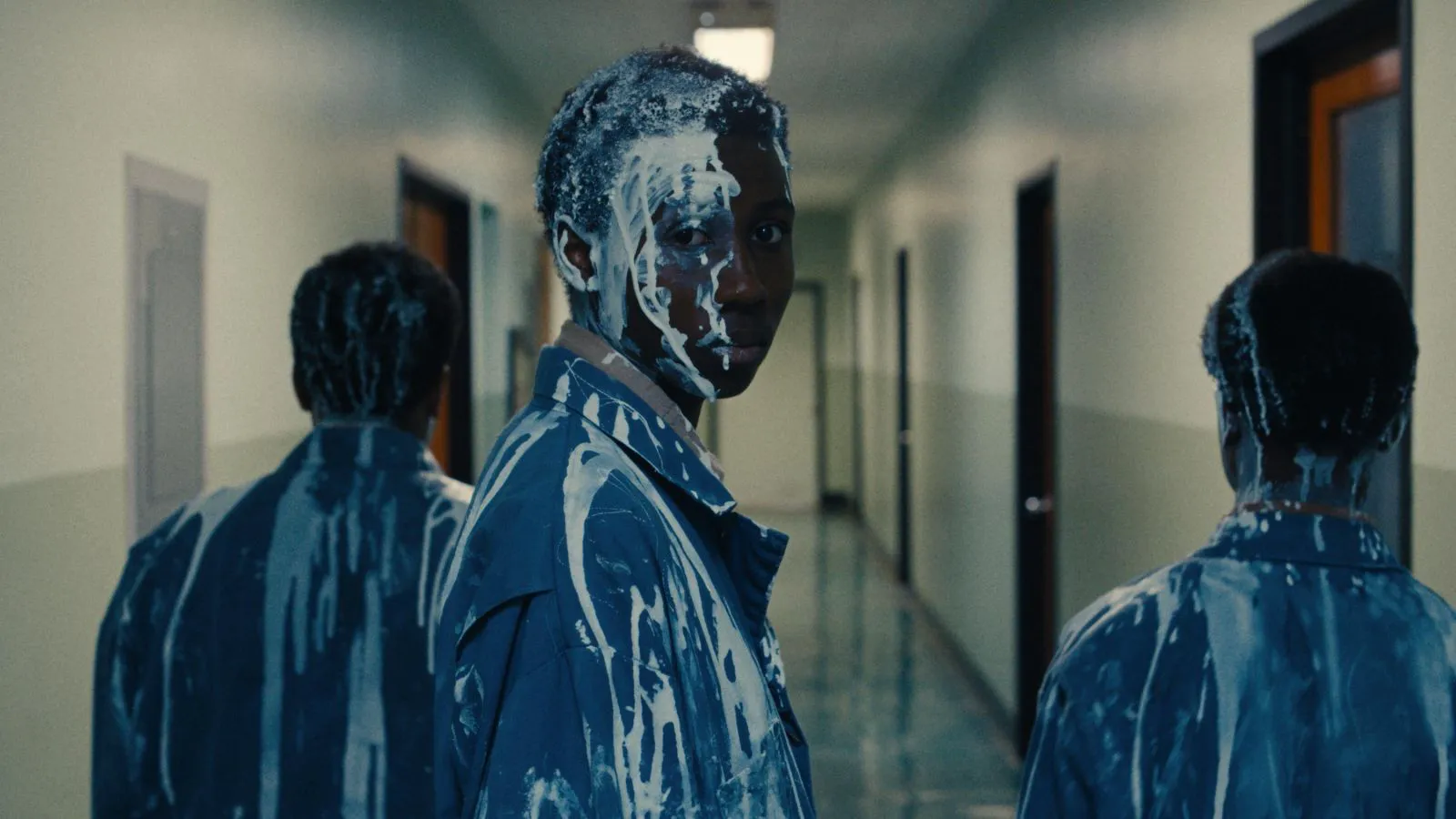The Boys from Nickel: A Cinematic Exploration of Trauma and Survival
The early 1960s. Racial segregation laws are still in effect in Florida and other Southern states, treating the Black population as second-class citizens. Martin Luther King Jr., a preacher and activist, is striving to change the situation across the country, proactively fighting for equal civil rights, believing that discrimination against African Americans should be a thing of the past. Elwood (Ethan Herisse), a teenager, is deeply moved by King’s ideas of pacifism and pride in his heritage. The young man is a good student and is thinking about going to college, but his plans and dreams are not destined to come true: one day, the hero hitches a ride and gets into a luxurious but stolen car. Elwood is tried as an accomplice to the crime and sent to the Nickel Reform Academy, from which people emerge emotionally and physically broken, if they emerge at all.

Ethan Cole Sharpe as Elwood in “The Boys from Nickel”
It is rare for an important and acclaimed book to be adapted into a film of commensurate talent, and even rarer for the adaptation to surpass the significant original. “The Boys from Nickel” is a truly unique case where the stars aligned: the film is not just a careful illustration of the text with a “Pulitzer Prize Winner” plaque, but a full-fledged cinematic companion or even an independent work that goes beyond the original source and shifts the emphasis, but still accurately conveys the spirit and ideas of the book.
Colson Whitehead’s novel (author of “The Underground Railroad,” which Barry Jenkins adapted into a series of the same name) reads like a powerful story about suppressed trauma. Throughout his life, a former Nickel inmate lived in the shadow of memories of the reform school, where teenagers were ruthlessly killed. This experience psychologically broke the hero, so much so that he had no doubt that even before his death, his thoughts would be about the academy. Only in adulthood, when the authorities began to exhume bodies and shed light on the horrors of the already closed institution, does the man decide to face his fears and tell his story, in order to start living for the first time, and not just surviving, and thereby celebrate the ideals of his friend, who sincerely believed that even one person can make a difference.

Aunjanue Ellis as Hattie in “The Boys from Nickel”
Director RaMell Ross deprives the film of reflections on the terrible past from the distance of years lived and a belated but important attempt to comprehend and accept trauma. The film adaptation focuses more on the experience of survival in Nickel, here and now. To do this, Ross uses a bold or even radical technique, filming almost the entire film from the first person, showing events alternately from the perspective of Elwood and his friend in misfortune, Turner (Brandon Wilson). Perhaps the use of the technique sounds like a crutch, but the POV camera trick does not tire and does not seem excessive, but, on the contrary, creates a unique immersion. No, the viewer does not just “experience” racial discrimination, physical and emotional abuse by whites firsthand. Ross works much more elegantly: he does not document the environment, but seems to immerse the viewer in the memories and dreams of the characters.
The Power of Perspective
In front of our eyes, insignificant but eloquent and revealing episodes flash by: the hero watches a magnet sliding off the refrigerator, plays with a leaf falling from a tree, or reads a comic book. In the first half hour of the film, which vividly shows Elwood’s coming of age, it is impossible not to recall Kathryn Bigelow’s “Strange Days,” where people were able to record, and later watch from the first person, individual episodes from life. You seem to be peeking at something you shouldn’t see: something so intimate and pure that you perceive the subsequent violation of this harmony as a personal offense. However, the feeling of order and integrity, although only once, will still return to the screen: in the reflection scene that went to the posters, when the viewer will see both heroes in the same frame for the only time.

A scene from “The Boys from Nickel”
It is even more desirable to appreciate Ross’s vision and the idea of the subjectivity of stories because of the second half of the film, when the adult hero appears on the screen. These episodes are not filmed from the first person, but from the third person, the camera statically hangs over the man’s head and meticulously follows him. There may be several interpretations of the artistic decision. The most obvious is that Nickel seems to continue to breathe down the hero’s neck and constantly watch him. Or the academy simply deprived the guy of adolescent curiosity and simple-minded contemplation, turning him into a walking shell. Ross’s film consists of such bold techniques, in which masterfully staged first-person scenes coexist with inclusions of archival materials and even episodes that resemble video essays with associative editing. It is a miracle that the film exists in such an experimental form and with such a politically aggressive intonation, because the original source could well have been converted into a shameless Oscar bait, with an excess of violence and reflections on unfair America.
A Legacy Forged in Emotion
Two Academy Award nominations are a worthy result, but there is a feeling that “The Boys” were robbed in directing, editing and cinematography. On the other hand, the absence of awards will not affect the legacy of the film, which has already written itself into the history of cinema. Without fabulous budgets, advanced technologies and special effects, several people have done something innovative, allowing the viewer to feel, lose and regain a person’s life. No 3D, 4DX or VR project has been able to achieve such a convincing and emotional immersion.